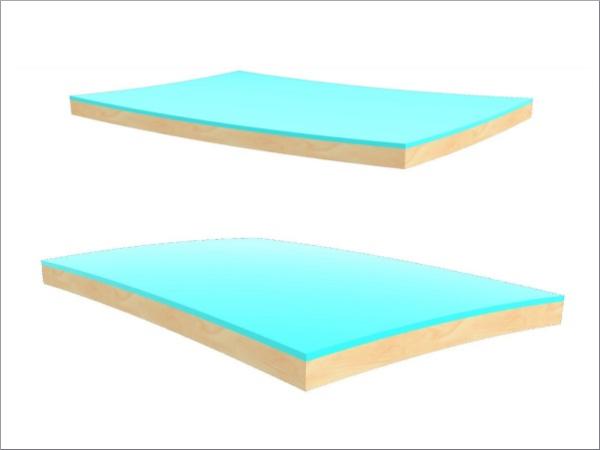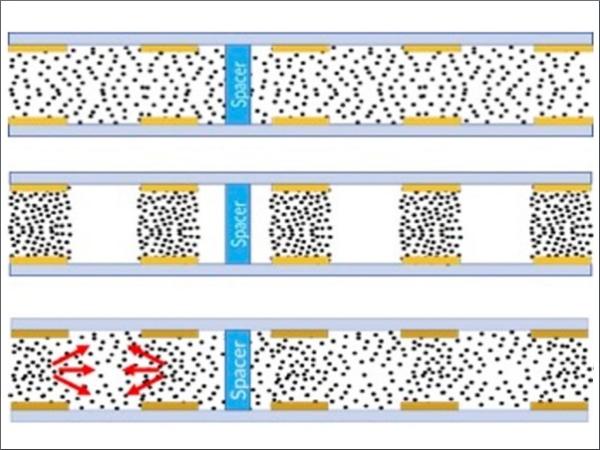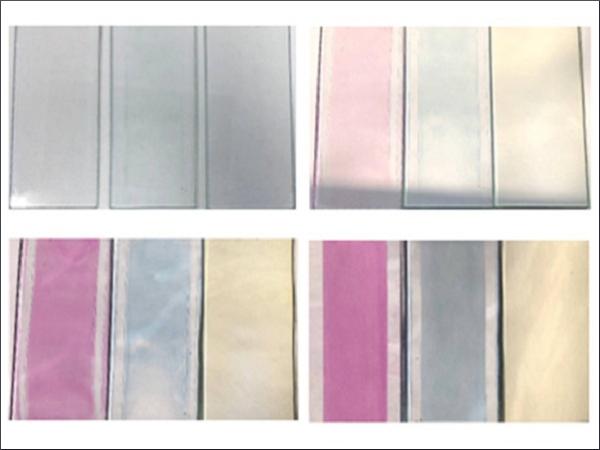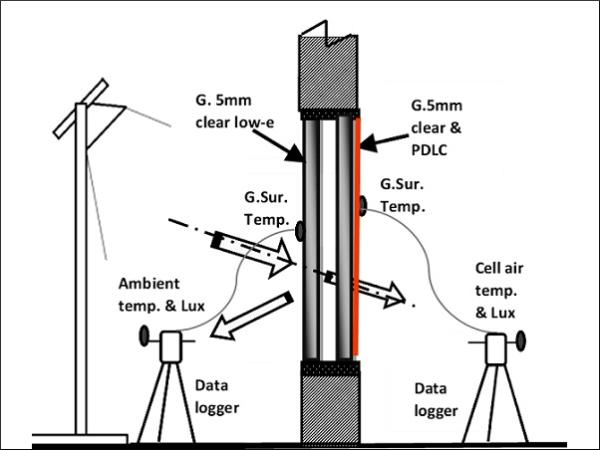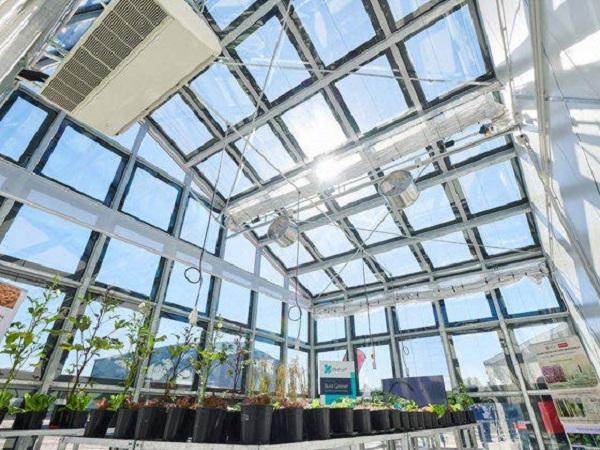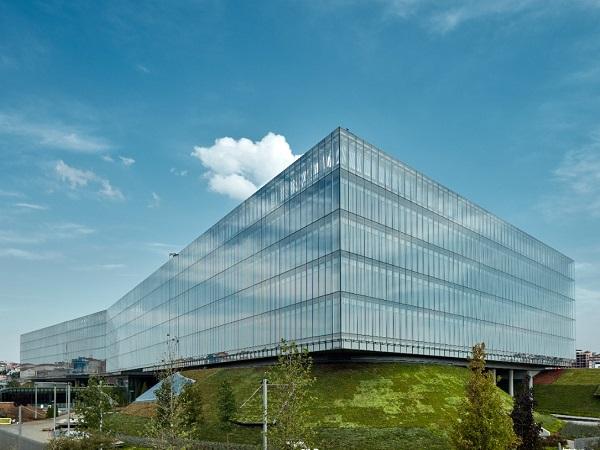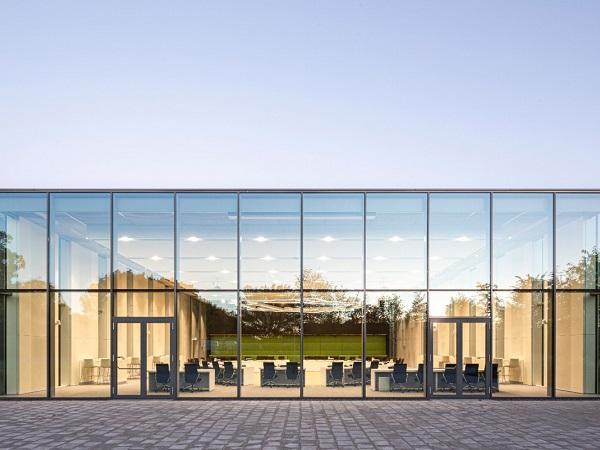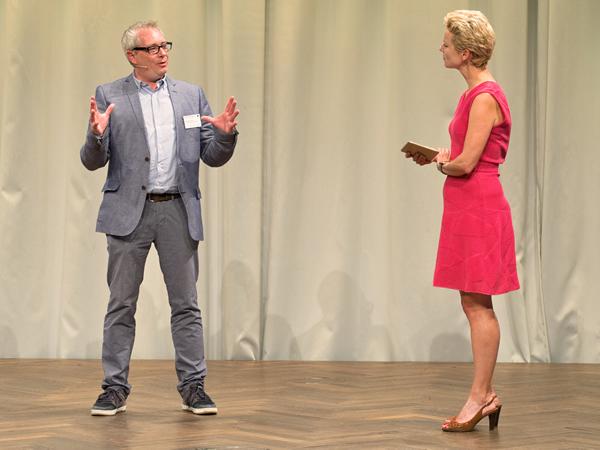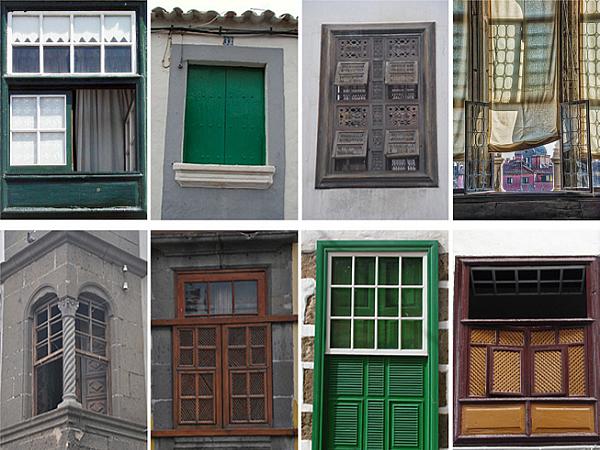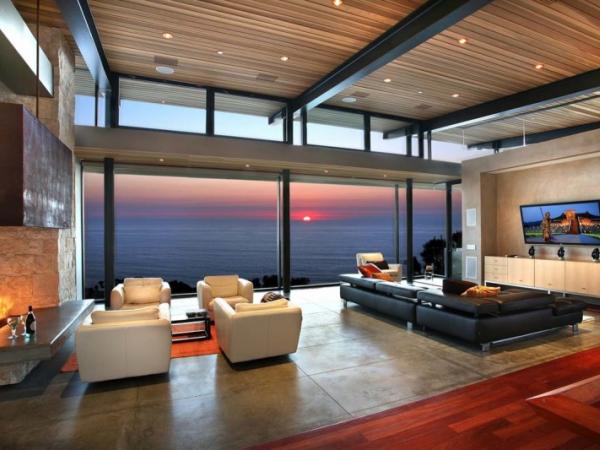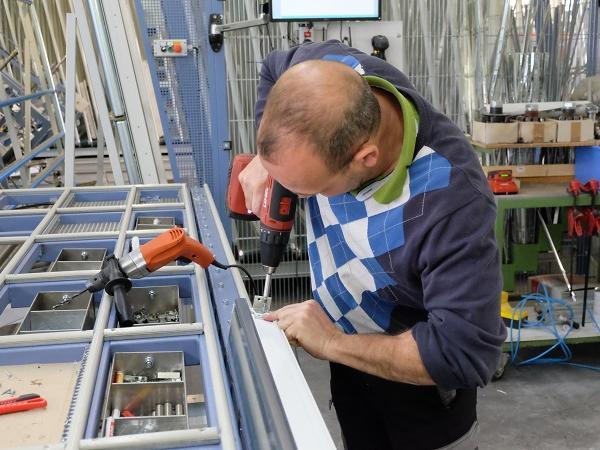Others also read
| Glass timber panels (GTP) combine the visual effect of noble and high-quality wood materials at the same time meet-ing the hygiene requirements for the health and welfare sector. This paper describes the fabrication requirements and techniques of GTP.
| The main benefits from dynamic glass relate to visual light comfort, light control and spectral modulation, privacy modulation and the most critical nowadays energy savings.
| For the first time, a "laser upgrade" for façades, balustrades and windows in their installed state is possible by using mobile laser technology.
| At present, widespread energy innovations in terms of optimizing both the on-site distributed energy generation and the energy use intensity are urgently required in the built environment and in agricultural production facilities.
| A window's glazing properties play a key role in defining the quality and quantity of transmitted daylight in a space.
| It is hypothesized that the usage of smart glass in the building envelope can provide optimum solutions to adapt buildings to the variable climatic and environmental characteristics.
| This paper examines the visual performance of building facades that utilize windows with different photochromic-coated glass.
| This paper aims to contribute to this topic by examining the potential of a smart window system that has double dynamic insulated glazing in preventing heat gain and maximising daylight indoors.
| Introducing BIPV and WIPV solar window systems
| Can you name all types of dynamic glazing that are available in today’s market? Are you aware of their particular specifications and strengths? Don’t worry even if you can’t.
| Interview with Émilie Develle, technical advisor, Guardian Glass Europe.
| Glass production is an energy-intensive process by its nature, so even small reductions there can result in considerable savings in energy and costs.
| Limiting global warming require “rapid and far-reaching” transitions in land, energy, industry, buildings, transport, and cities.
| This article is dedicated to dynamic glazing in the façade. This is an update of the articles on smart products in the façade I and II published in March 2019 and May 2020.
| Glass surfaces can be pre-treated so that they do not offer bacteria and viruses a chance to survive and do not aggregate layers of dirt.
| The laserbird is a universal tool, making it the perfect choice for a broad portfolio of customers, applications and glass products.
| Contemporary architectural transparency (understood as the optical property of the material) is constantly being redefined and, over the last decade, new design trends have developed related to transparent façades in architecture.
| The integration of smart glazing and adaptive façade in buildings can lead to large performance improvements and added functionality compared to conventional static building envelope systems.
| The performance of the glazed sections of the facade is essential for providing the maximum possible comfort for the building occupants, while minimizing the energy and resource demands of the building.
| New Technical Document (TD) reviews glass surface decontamination—and what makes glass ideal for physical separation and other applications.
| Windows have always been at the intersection of various technologies and architectural processes that evolved in parallel and often intertwined.
| There have several type smart glass, what is the difference for different type? How can you know that and choose right?
| Presented below are some of the special challenges facing the skilled glass-processing trades: many products are becoming smarter.
| XXL glasses expand the scope for design in architecture: view and admire at glasstec 2018 in Düsseldorf from 23 to 26 October 2018
| Glass is enhanced with added functions to form an integral part of the building network. We are still in the early stages of development.

